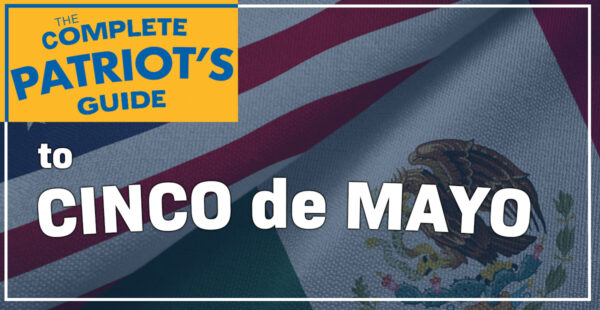Representation is at the very foundation of our nation. The rallying cry of our founding fathers was “no taxation without representation” as they protested laws passed in the British parliament with no input from American colonists. Fair representation is one of the guiding ideals of our democracy; we expect that those who represent us should share our values and beliefs and identify with us, their constituents.
 But never is the concept of representation in a more fragile position than in a certain moment once every 10 years. As census data is collected and we have accurate accounting for who lives where, it is time again to redraw lines of various districts so that our representative bodies can be just that – representative.
But never is the concept of representation in a more fragile position than in a certain moment once every 10 years. As census data is collected and we have accurate accounting for who lives where, it is time again to redraw lines of various districts so that our representative bodies can be just that – representative.
Yet the task of redrawing districts for such important offices as the House of Representatives, Legislature, Supreme Court, Board of Education, and the like does not fall upon a neutral body. In Nebraska, it’s the responsibility of our Legislature to draw these boundaries.
This power carries enormous weight. Gerrymandering, the process of drawing boundaries for political gain, is a common feature of states across this nation, and our own state has not been immune. Being able to determine which voters will be in certain districts allows parties to tip the scales in their favor, a practice common among Republicans and Democrats.
These decisions make a lasting impact. Boundaries remain in place until after the next census – another 10 years.
But it should be the voters that choose the representatives, not the other way around. Contested elections allow for voters to contemplate what their own values are and give candidates serious consideration, and it is important that citizens have a sense that those in elected office actually have a connection to them. After all, representatives are elected to represent us.
So what can be done to address this issue? There is little that can change Nebraska’s current process, aside from public pressure on our elected officials to draw boundaries that truly represent the state’s population. However, for the next census and beyond, there are some possibilities.
Some states have adopted what are called “independent” or “nonpartisan” commissions for creating district boundaries. While details vary, these commissions are often made up of equal members of the two major parties. Some commissions require members to not be politicians. Large majorities are often needed to approve maps, which necessitates bipartisanship in the boundary-creation process. Colorado has been using this process for its redistricting; Nebraska almost implemented this system in 2016 (before it was vetoed).
More extreme ideas include changing the way we vote so that we don’t need district boundaries. Proportional representation – the idea that political parties receive a number of seats equal to the “proportion” of votes they get – is used in some form in most democracies (including Germany, Ireland, and Brazil). The city of Cambridge, Massachusetts, uses a system called “single-transferable vote,” a version of proportional representation, for its local elections.
While none of these ideas is without its flaws, the fact remains that we are in a crucial moment when it comes to how we are represented as citizens. It’s time for our state to strongly consider alternatives to our current method of drawing district lines. We shouldn’t have to worry whether our representatives are choosing who their constituents are. Instead, we should be able to have confidence that we will be fairly represented – always and adequately.
Jordan Martin teaches social studies at Wilber-Clatonia Public Schools. He moonlights as an assistant one-act drama coach in the fall and a speech judge in the spring. For more Civic Nebraska Writers Group columns, click here.




